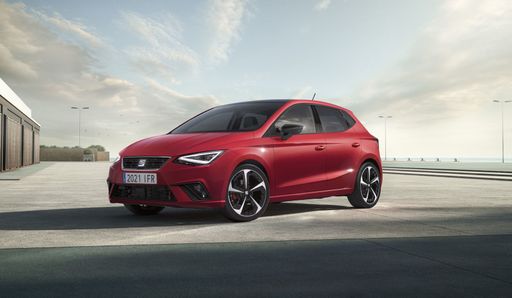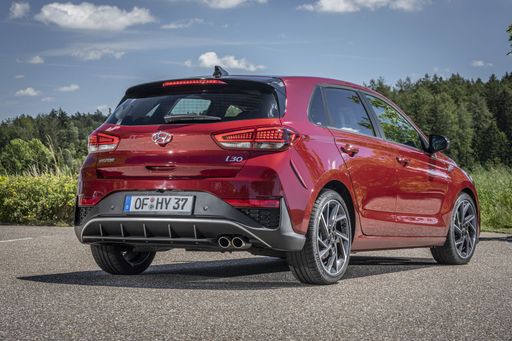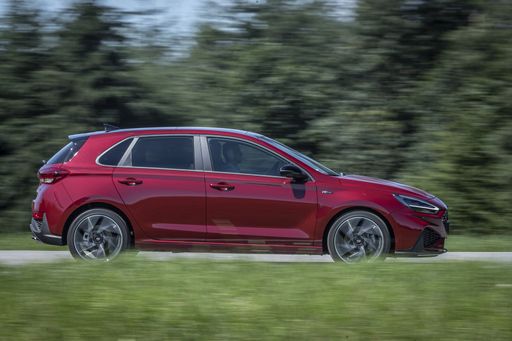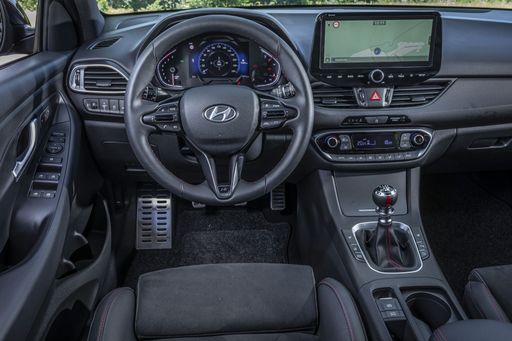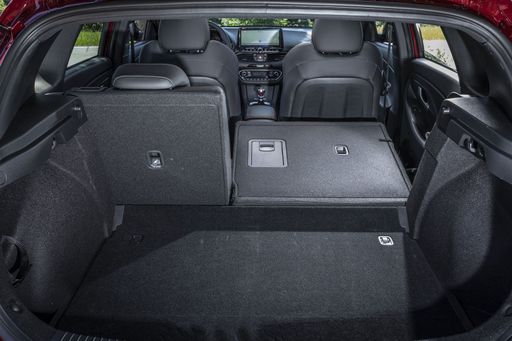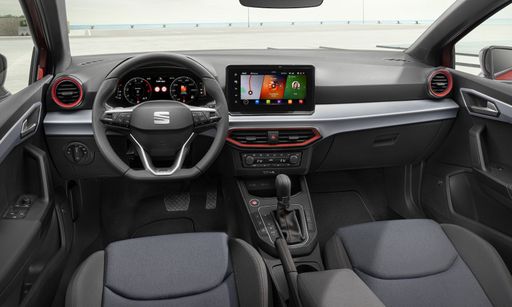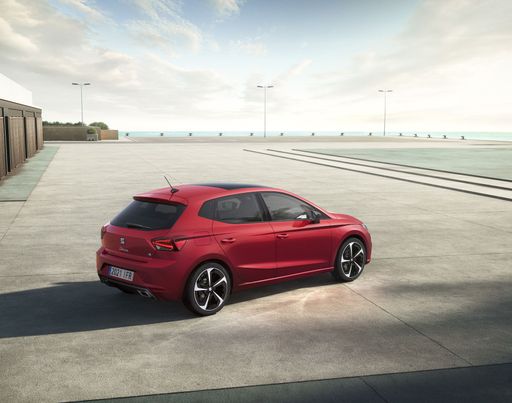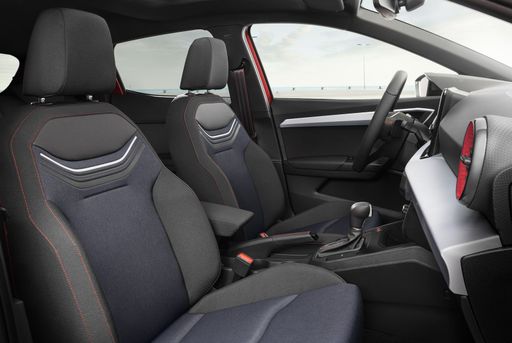Hyundai i30 vs SEAT Ibiza: A Compact Hatchback Showdown
The compact hatchback segment has long been a favorite among drivers looking for a blend of practicality, performance, and value. In this comparative analysis, we will take a closer look at two standout models for 2024: the Hyundai i30 and the SEAT Ibiza. Both vehicles offer a range of engines, modern features, and innovative technologies that make them attractive options for both city commuting and weekend getaways.

